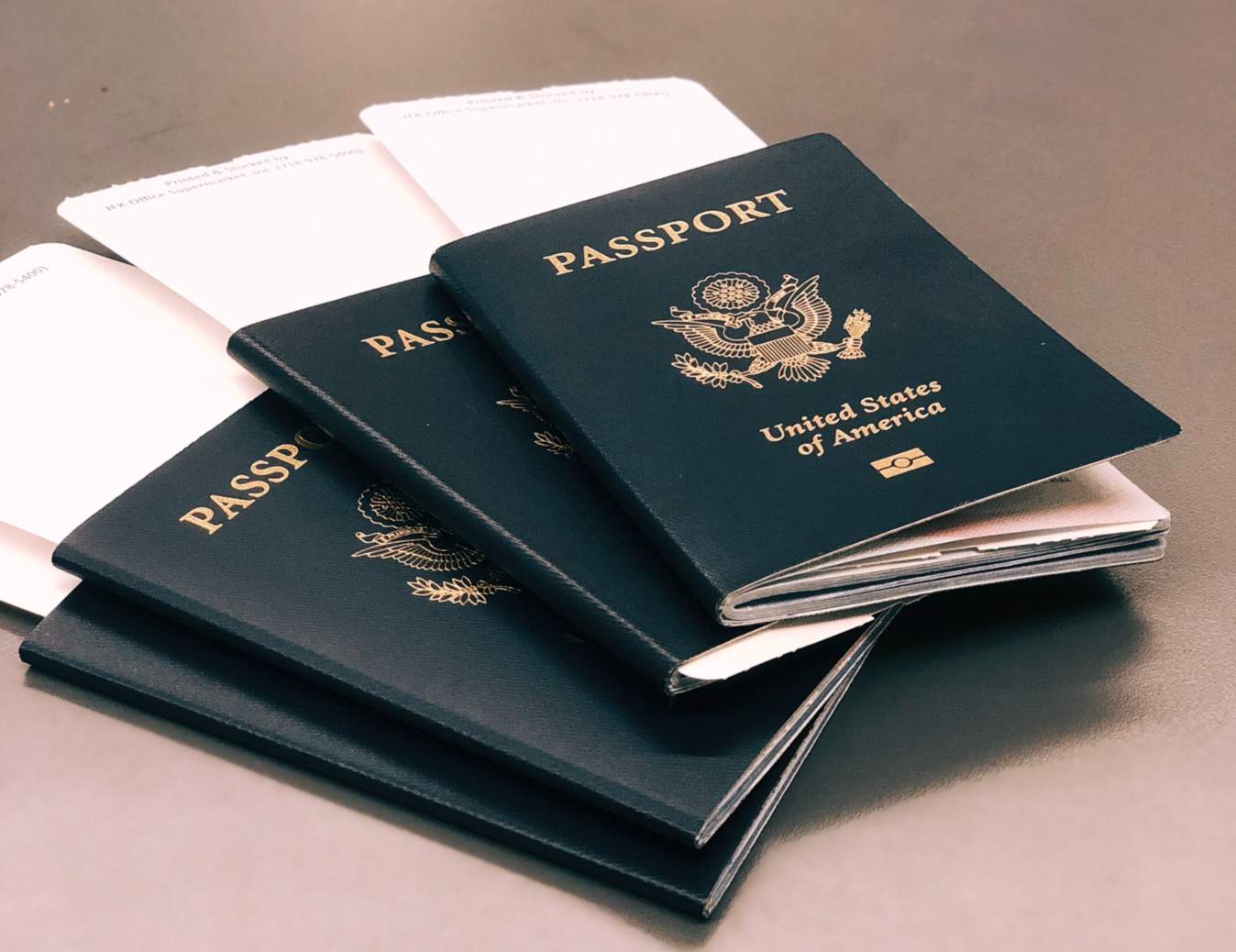As the land of moose and maples becomes an increasingly popular destination for both tourists and immigrants, many visitors and newcomers want to know how long they can stay in Canada. The answer tho this question depends entirely on a couple of key factors. The first variable is which country you are coming from. Canadian Immigration treats Americans and Armenians differently, for example. The other factor is your reason for being in Canada. Different policies apply to tourists, students and foreign workers.
In the following article we will examine the various circumstances and explain how long you a person can stay in Canada. We’ll also talk to about how to legally extend your stay in Canada if your circumstances change.
Visiting Canada as tourist
Most people who come to Canada on vacation can stay in the country for six months. No special visas are required in advance. They simply receive a passport stamp when they arrive at the airport or other point of entry. This allows them to travel freely throughout the country and cross the border in and out of the country (multiple-entry) as often as they like. It does not allow them to work or seek employment, to go to school, or to enroll in a public health care program.
This six month tourist visa applies to citizens and permanent residents of the United States and most Western countries. Visit the Canadian Immigration website for a complete list of visa-free countries. The same government web page includes a list of countries whose citizens must obtain a visa to come to Canada. The time-period for those tourist visas may vary from country to country, but six months is the maximum.
If you need to apply for tourist visa, you can do so through the Canadian Immigration website. You can apply for either a multiple entry visa or a single entry visa, which means you cannot travel back and forth across the border. A multiple entry visa can be valid for up to 10 years, or one month before the visa holder’s passport expires, whichever comes first. But don’t be confused: the visa may be “valid” for 10 years, but once you enter Canada and have your passport stamped by a border agent, you can only remain in the country for a maximum of 6 months.
Electronic Travel Authorization (eTA)
Travelers who arrive in Canada by air, even if they are only passing through on a layover, must also get an Electronic Travel Authorization (eTA). This new requirement applies to virtually everyone, including work permit holders and those coming from visa-free Western countries. Canadian and U.S. passport holders are exempt, but permanent residents of the U.S. are required to have an eTA as well as a valid Green Card and a passport at check-in.
Most applicants receive their eTA within a matter of minutes, which means you may be able to apply at the last minute, using your smart phone at the airport. However, the application process could take several days, if they request supporting documents. So you may want apply in advance, as soon as you purchase your ticket.
Longer stays, work permits and temporary residence
For longer visits, one of the best options is the International Experience Canada (IEC) Working Holiday Visa. If your country qualifies, you can live and work in Canada for 1-2 years. This program is especially popular among younger people who are single and still looking for their place in the world. The Working Holiday Visa has all the flexibility of an ordinary tourist visa, allowing an individual to travel freely throughout the country, with the added benefit of being able to seek out a temporary job. You can apply for the IEC visa online.
Canada has a great variety of federal and provincial programs for temporary workers who can stay for 1-3 years. Most of these programs are designed to attract foreign workers with specific skills, including fields of medicine, engineering and technology. Take a look at our article on the Canadian jobs in highest demand for more details.
The provinces and territories have created a huge array of Provincial Nominee Programs (PNPs) to help foreigners earn temporary or permanent residence in a specific part of the country. Often such candidates will need a job offer from a Canadian company, but many programs are available to foreigners who have valuable skills and want to look for work in Canada. For complete details, check out our extensive article on PNPs for Canadian Immigration.
Another edifying way to extend your stay in the country is with a study permit. With a letter of acceptance from an accredited university or boarding school, you can stick around until your complete your diploma or degree. In most cases, your study permit will also allow you take on a part-time job. Check out our articles on International Schools and Moving to Canada as a student.
Extending your stay in Canada
If you wish to lengthen your stay in Canada for any reason, you can apply for an extension. You will need to initiate your application at least 30 days before the expiration of your temporary stay visa. There is no need to leave Canada to this, as you can apply for an extension from within the country. Once you have applied, you can stay in Canada with a pending application, even after your visa expires. Only if your application is denied will you be required to leave.
Refer to Guide 5551 for more information about applying online to change your conditions or extend your stay.
If you are in Canada on a temporary work permit, one of the best ways to lengthen your stay is through the Canadian Experience Class (CEC) visa. This program is available to people who already have 12 months skilled work experience in Canada and give them the option to become permanent residents. Visit the government web page for complete details and to apply.
Additional information
ARIANNE Relocation has been helping families and professionals move to Canada since 1996. We have a range of products and services to help make the transition go more smoothly. Check out some of the following links and articles for more in-depth information about relocating to Canada.
- Online Relocation Guides for Canada
- Canadian Immigration Programs
- Five Steps to Canadian Immigration and Relocation
- Moving to Canada and finding a job
- Moving to Canada as a student
PHOTO CREDIT: Jon Tyson (Unsplash)







Leave A Comment